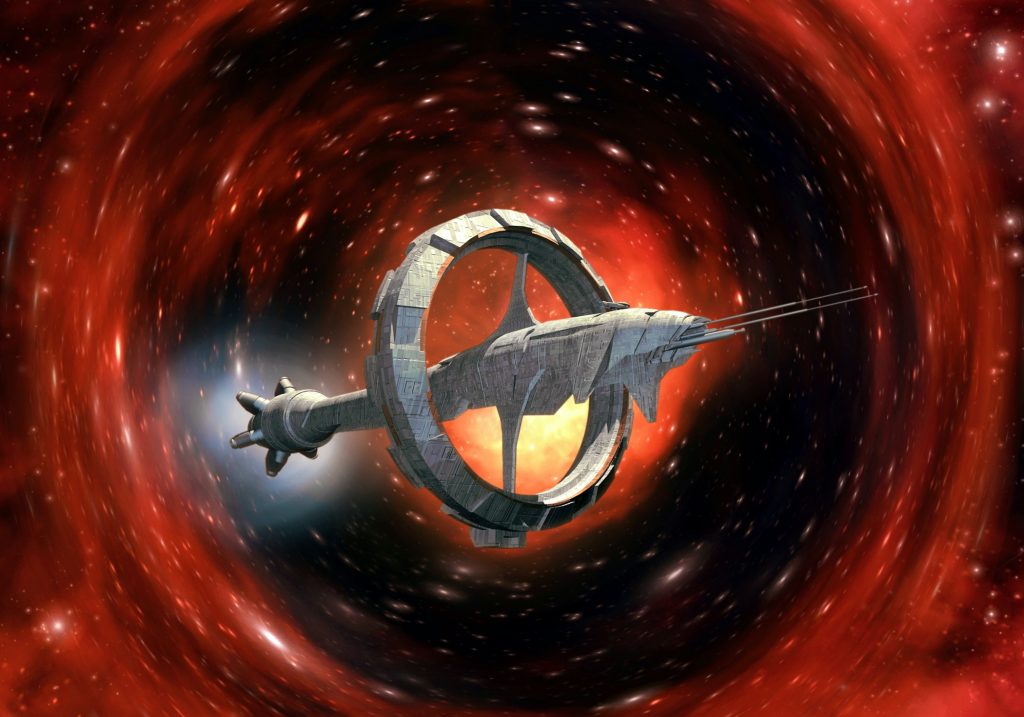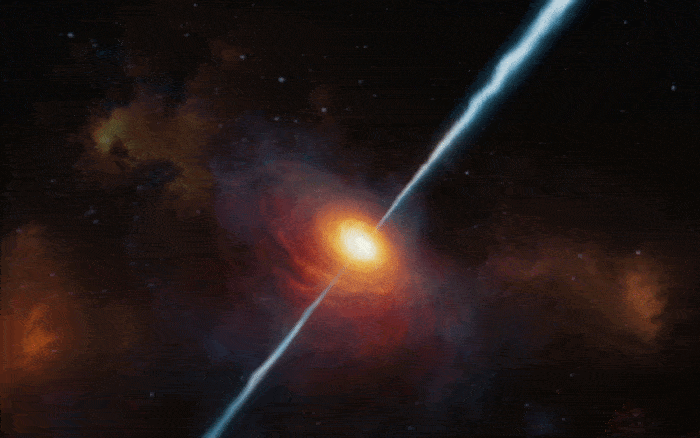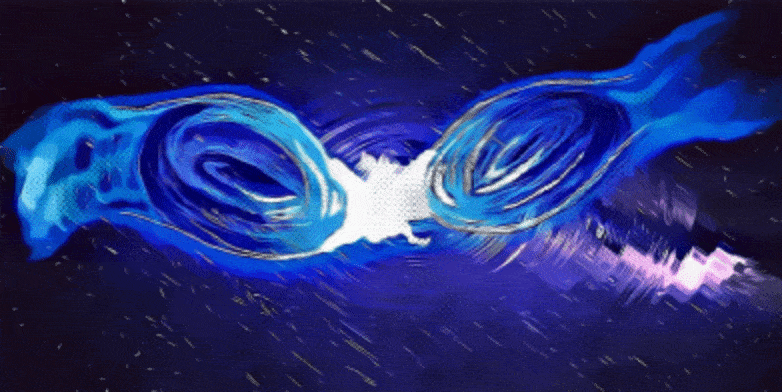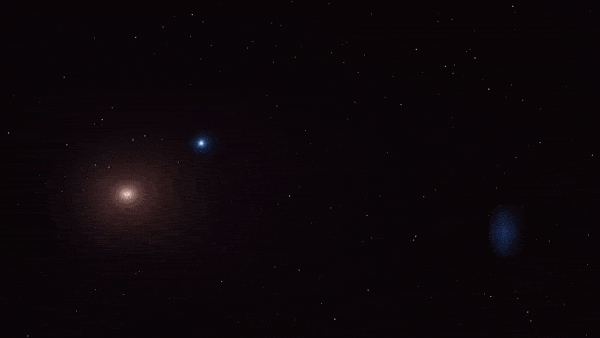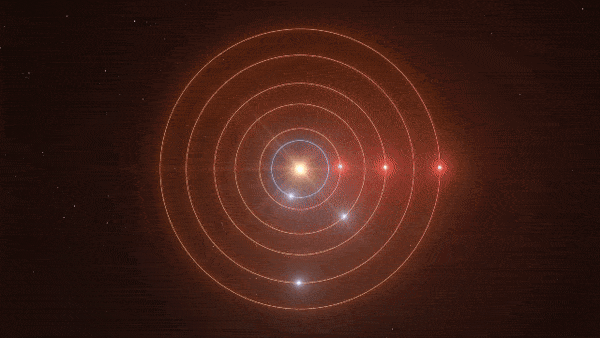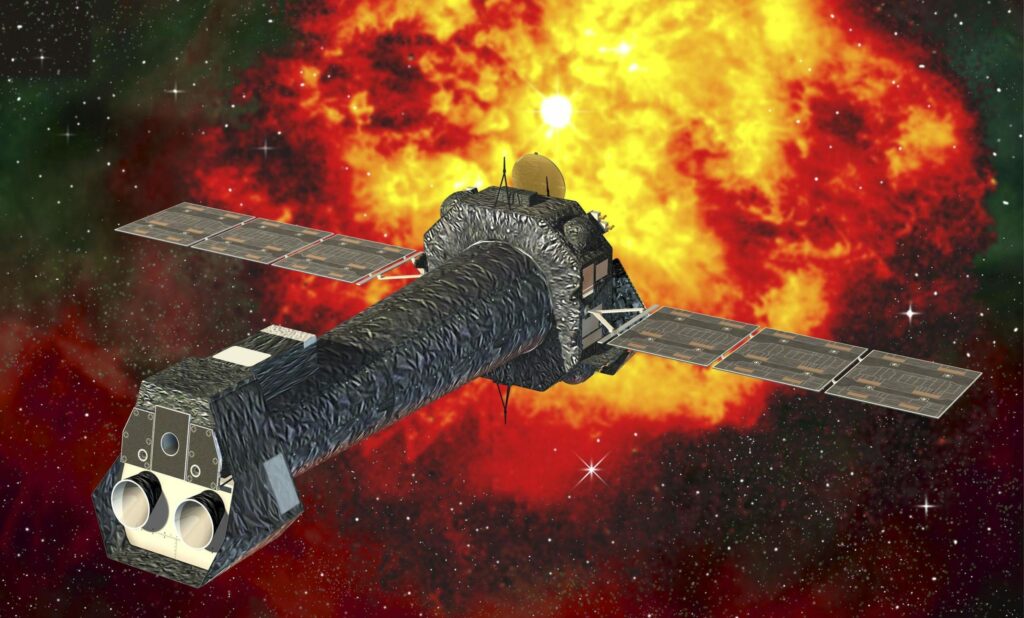News from the warp drive: one problem less
Sometimes there are strange coincidences. Yesterday I reported here that "passable" wormholes could be realizable also without the addition of negative energy. This is an important advance because there is no natural source for negative energy. The only thing we can do to get a little bit of negative energy is to trick the universe. We take the negative energy from it while it is not looking and give it back before it has even noticed. This gap offers us the uncertainty principle of quantum physics. But in order to obtain negative energy in quantities such as would be…
